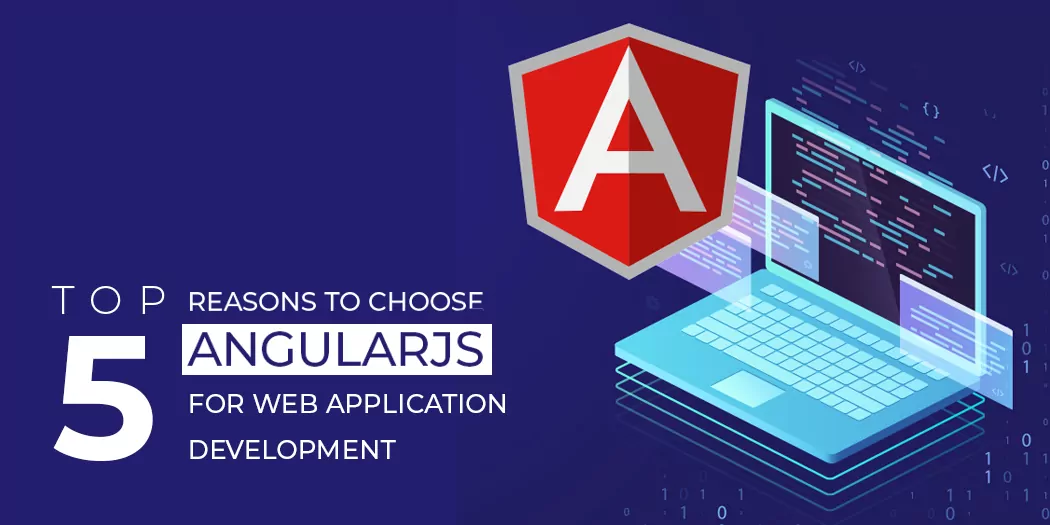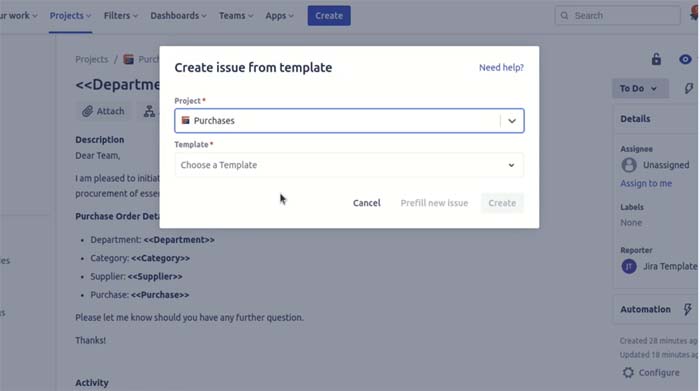A framework that’s been around since 2010, AngularJS is backed by Google and is one of JavaScript’s most well-known frameworks. You may have seen it in action during Facebook’s f8 conference when they demonstrated their fancy chatbot built using Angular JS . That might sound like a shameless plug, but it’s actually a testament to just how much power is behind Angularjs development company . This little framework packs a punch – so let’s talk about why you should use it too!
1) Clear Architecture
When compared with other JavaScript frameworks like jQuery and Backbone, Angular is very easy to learn and use. It has a clear architecture that helps new developers learn and debug easily.
Angular 2.0 is compatible with modern web browsers. The new version will be backward compatible with all existing applications. It will also use TypeScript, which comes with features like strong typing and improved code readability. The new version makes use of components that are easy to develop and debug by users of different skill levels.
Compared with other JavaScript frameworks, you will find that Angular is easier to learn and implement. Its two-way data binding feature makes it easier to debug. It also offers clear separation of concerns, which means that complex applications can be created easily without code duplication.
The two-way data binding feature in Angular lets developers write less code. This is because they don’t need to write any logic related to updating model objects in response to user actions. Clear separation of concerns means that you can easily create complex applications with only a few lines of code.
2) Two-Way Data Binding
HTML, CSS, and JavaScript all interact with each other in Angular’s two-way data binding system. What does that mean? Well, when one of these languages changes—even when you add a comma in an HTML tag—it’s reflected in your JavaScript code. In other words, it keeps you from losing track of what’s happening on either side of your website or application.
It’s a welcome change from traditional coding, which typically calls for more back-and-forth between files or front-end and back-end languages. With two-way data binding, you can focus on each language in turn and watch how they transform when interacting with each other. It creates a seamless experience in a way that similar applications simply can’t match.
It’s more than just convenient, though. Two-way data binding can also significantly reduce errors and improve code efficiency. You don’t have to think about how different languages interact; they simply do. So you can focus on building and tweaking your application instead of worrying about coding logistics and updates.
3) Dependency Injection
One of the biggest selling points of Angular is dependency injection. Because dependency injection is based on declarative programming, creating new modules, services and controllers doesn’t require a lot of boilerplate code. The framework ensures that dependencies are provided to an object or class before its methods are executed or properties set. This makes it very easy for developers to create new modules, services and controllers.
Instead of writing code that initializes a module or a controller, a developer just needs to declare that a dependency exists. With dependency injection, you don’t need to write code to instantiate objects and set their properties because it’s already done for you. Instead of worrying about making sure dependencies are fulfilled before they can be used, your code can focus on its main responsibilities.
One of angular’s coolest features is its two-way data binding. The framework binds an application’s views to model data using declarative directives that are embedded into HTML. As a result, if any model properties change, all bound elements are updated. Two-way data binding creates a great user experience because it means users don’t have to refresh their browser or page every time they enter new information in forms on your website.
4) Mobile App Integration
This list item will expand upon why you’ll want to integrate your new web application with a mobile app. To make sure everyone can use your app, even those without high-speed internet, create a mobile app for them as well. This way they can access your site from their phone as well as their desktop! You should also note that there are now hundreds of thousands of apps available in various app stores across several different platforms, which opens up a whole new audience for you.
Users who want instant access and gratification will appreciate having an app as well as your standard website. Some people want one way or another to access your information, so take steps now by investing in a mobile app integration to make sure you don’t miss out on any potential customers. You might think building a mobile app is complex or time-consuming, but there are many tools and platforms that can help you connect them with minimal hassle and cost.
Lastly, your users want an app. As mentioned previously, about 4 billion people worldwide use smartphones on a regular basis and more than 1.7 billion people access Facebook from their mobile device . Having an app can make it much easier for your customers to access your site and information while they’re out and about! They can quickly check up on deals or services while waiting in line at a store or even when they’re on vacation and away from home!
5) Easy to Learn
JavaScript libraries are often made in order to abstract away some of JavaScript’s pain points, so it’s understandable that they often have a steeper learning curve than their core language. That’s not so with AngularJS, which has been written in a very structured manner that allows you to get things done easily and intuitively. It uses common web design patterns that may even remind you of your time working with Java or .NET if you have experience with these tools.
What’s more, Angular has many resources available online. It has an extensive wiki of documentation covering every aspect of its usage. It also has extensive sample code written by users and experts alike, so you can see how others have created solutions in different scenarios. There are hundreds of courses available on sites like Udemy that cover both basic and advanced concepts.








Leave a Reply